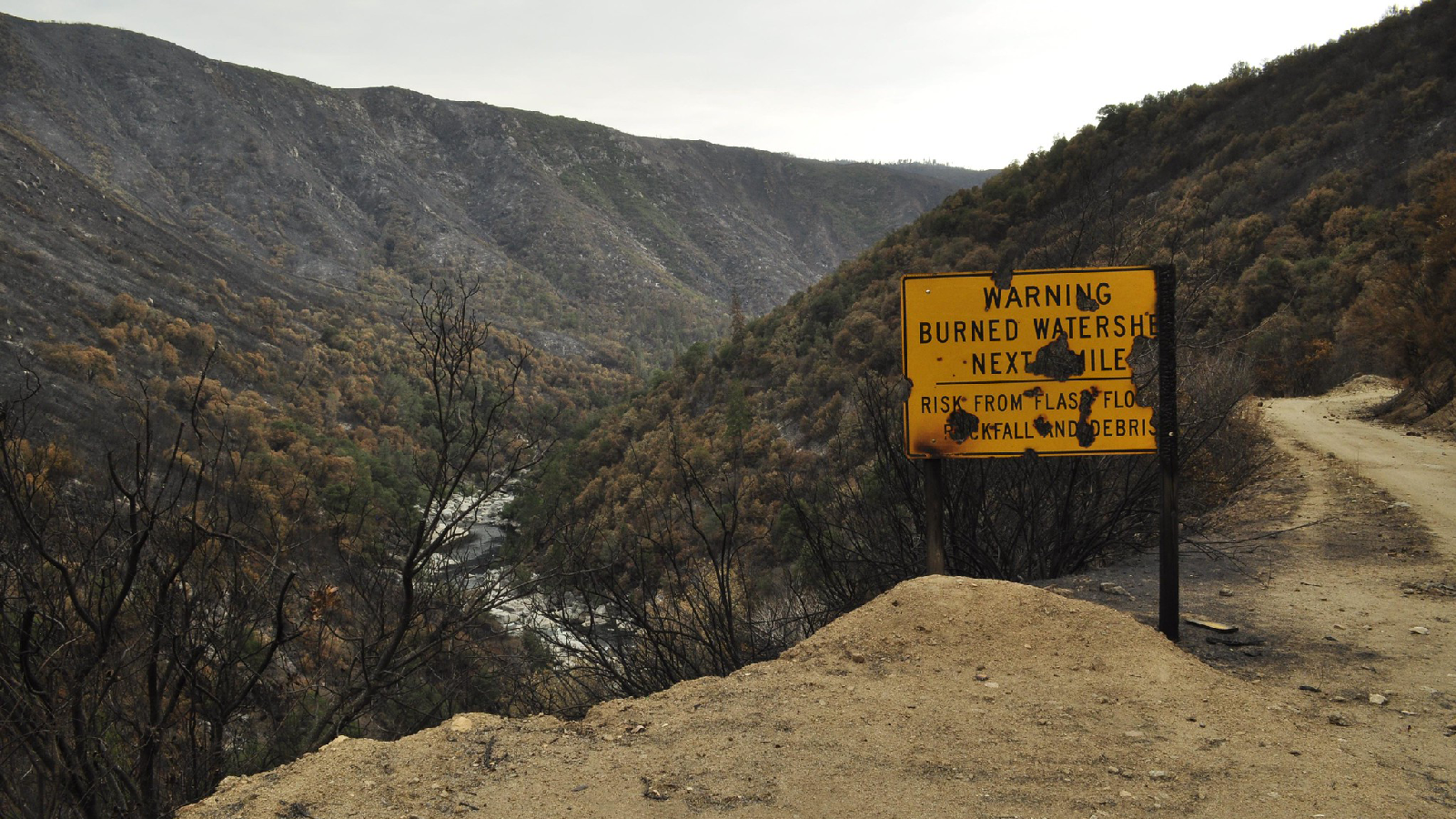Understanding the Importance of Pool Shocking
Maintaining an impeccable pool is more than a matter of filtration and pH balancing. Regular shocking is vital in keeping your pool not just visually clear, but also safe from harmful bacteria and algae. Pool shock involves adding powerful oxidizers, often chlorine or similar compounds, to meticulously eliminate unwanted organic contaminants. However, selecting the appropriate type of pool shock is crucial for optimum effectiveness tailored to your pool’s specific needs.
This guide from PoolRepair.fyi illuminates the considerations for choosing the best pool shock, the optimal timing for shocking your pool, and the proper methods to ensure effective results.
When to Shock Your Pool
Regularly shocking your pool under certain circumstances is essential to maintaining clean and balanced water conditions. It’s crucial to shock your pool after incidents of heavy usage, following weather disturbances, or when tackling algae growth, among other scenarios.
Following Heavy Pool Use
Excessive swimming activity introduces organic contaminants like sweat, body oils, and lotions, which can rapidly deplete chlorine reserves. Conducting a shock treatment after such events is critical to eradicating these impurities and restoring the pool to a sanitary state.
Post-Rainstorm Maintenance
Rainfall can bring leaves, dirt, and other debris into your pool, as well as air-transmitted pollutants. Additionally, rain can dilute chlorine levels, necessitating a shock treatment to restore cleanliness and sanitation.
Upon Chlorine Level Drops and Algae Detection
Should your free chlorine levels dip below 1 ppm, it signals a sanitation issue often influenced by heavy swimming loads or high temperatures. If you spot algae, it’s a clear indicator of insufficient chlorine, demanding immediate shock treatment to prevent further proliferation.
Seasonal Openings and Closures
When opening your pool for the season, there is likely an accumulation of microorganisms from the inactive period. A shock treatment ensures you start with a healthy pool. Conversely, shocking before closing your pool helps maintain water quality over the dormant period.
Best Practices for Shocking Your Pool
Effectively carrying out a pool shock requires thoughtful preparation and execution to achieve the best outcomes:
Preparation and Timing
Prior to adding shock, test your pool water. Aim for a pH level between 7.2 and 7.6 to maximize chlorine efficacy. Understand current chlorine levels to gauge the necessary shock dosage. To avoid UV degradation of chlorine, add the shock at night or when the sun is down.
Chemical Circulation and Safety
After applying shock, activate your pool’s filtration system to circulate the water and disperse the chemicals evenly, a process that should last 8-10 hours. Avoid swimming until chlorine levels stabilize to a safe range (1-3 ppm), typically within a few hours to a day after treatment.
Types of Pool Shock
Understanding the different types of pool shocks helps in selecting the right treatment for your specific pool type and condition:
Calcium Hypochlorite Shock
Highly potent with 68% available chlorine, calcium hypochlorite, or cal-hypo shock, swiftly oxidizes contaminants, making it ideal for treating algae blooms and bacteria outbreaks. It’s suitable for chlorine pools but advised against in saltwater or high-calcium pools to prevent scaling.
Sodium Dichlor Shock
A stabilized shock with 56% chlorine content, sodium dichlor contains Cyanuric Acid to guard against UV degradation. This makes it apt for saltwater, vinyl, and sunlight-exposed pools, though noting that consistent use might necessitate occasional dilution to avoid Cyanuric buildup.
Chlorine-Free Shock
Utilizing potassium monopersulfate, this shock is advantageous for pools frequented by sensitive swimmers, offering inorganic contaminant oxidation without raising chlorine levels. It’s perfect for regular maintenance, allowing quick reentry as soon as 15 minutes post-application.
For personalized advice and a greater array of pool maintenance insights, consult the resources at PoolRepair.fyi, where expert guidance is a click away.
#PoolMaintenance #PoolSanitation #AlgaeControl #PoolSafety #ChlorineLevels


